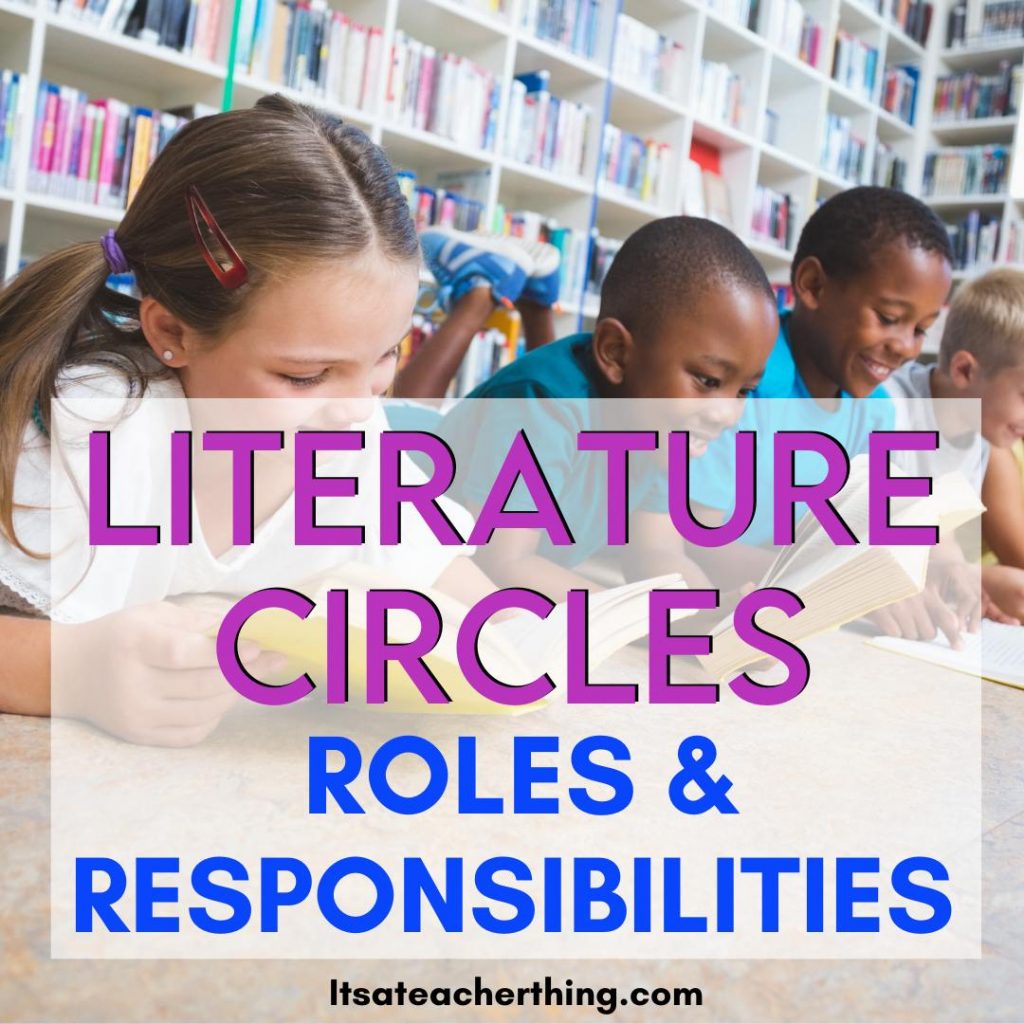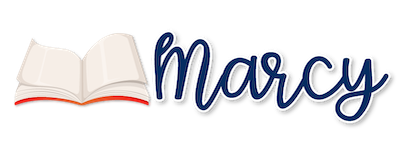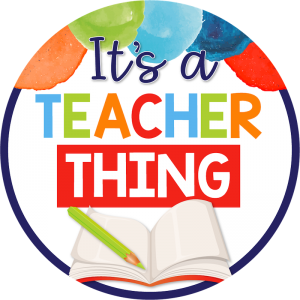
Literature circles are about the active participation of each group member. Assigning specific literature circles roles can ensure that everyone contributes to the discussion, especially students who are new to literature circles. It’s important to model each role and what it looks like before you start literature circles.
Literature circles roles and their responsibilities
1. Discussion Director: The discussion director is responsible for preparing questions and prompts to guide the group discussion and to keep it moving. This literature circle role asks the student to generate thought-provoking questions that encourage critical thinking and spark meaningful conversations. For the first meeting, it’s important to select a student who can handle these responsibilities because they set an example for those who will be assigned this role later. Learn more about the discussion director role in this blog post.
2. Passage Finder: The passage finder’s role is to select an important passage from the text to read aloud to the group. This role asks the student to explain the importance of the passage and to ask the group about their perspectives and feelings about the passage. This role is so important, you may consider making it a regular job for each participant at every meeting. It requires deeper thinking than many of the other roles, which provides great experience for students. If you’re ready to dive into literature circles but don’t know where to start, this packet has everything you’ll need!
3. Theme Tracker: The theme tracker’s role is to find possible themes in the text and discuss the evidence used to justify the theme. This higher-level role encourages deeper thinking. Consider adding a list of themes to your student packet. This will provide support to those who need it, and it’s a great way to discuss the themes that don’t apply.
3. Summarizer: The summarizer’s role is to provide a concise summary of the assigned reading. They highlight key events, important themes, and significant character developments to ensure that all group members have a shared understanding of the text. This role, again, could belong to each student at each meeting. It doesn’t take long to write a brief summary, and it’s fun to debate whether an event qualifies as key or not. When I use this role as a job for every students at each meeting, I provide a shortened writing area, like 1 paragraph. This prevents students from retelling the entire text.
Close reading skills are built into literature circles, which I love. Grab this free Close Reading unit for teachers.
4. Connector: The connector’s role is to establish connections between the text and the real world. They identify relevant current events, historical contexts, or personal experiences that relate to the themes or issues explored in the text. This role encourages students to make connections beyond the text and explore its broader implications.
The connector role can be challenging, and students will often relate text to their personal experiences, but at a level that’s superficial. It’s important to model several examples of connections you can make to text. Consider leaving the examples up in the classroom or adding them to a student packet, so it’s easy to remember what’s expected. Adding in examples that don’t work is also valuable.
6. Ethicist: The ethicist is perhaps the most challenging job. Teaching about ethical dilemmas before beginning the literature circles unit will help. An ethical issue focuses on “right” and “wrong.” A feeling of guilt may often accompany an ethical dilemma. Consider bringing the question of an ethical dilemma in the book to each group in the days before the meeting. When you assign this role, consider the student. It may be that you have 2 students working together on the role of ethicist.
5. Vocabulary Enricher: The vocabulary enricher’s responsibility is to identify and explain challenging vocabulary words encountered in the text. They help their group members expand their vocabulary and deepen their understanding of the text by providing definitions, examples, and context. My preference with this role is to have each student select a word or words for each reading and share & discuss them.
6. Illustrator: The illustrator brings the text to life through visual representations. They create drawings, sketches, or graphic organizers that depict characters, settings, or key scenes. This role enhances comprehension and allows visual learners to engage with the text on a different level. The fun is this role is having the rest of the group guess the scene the illustrator has drawn.
Assigning these literature circles roles ensures that each student has a specific responsibility, actively engages with the text, and contributes to the group’s overall understanding. As students rotate roles, they gain a variety of skills, perspectives, and they foster a collaborative learning environment. These are just a few of the positive outcomes when assigning literature circle roles to students.
I have an entire series of blog posts about all things literature circles.
Pin this blog post to a relevant board.



Leave a Reply